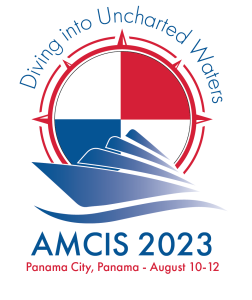Conversational Agents in Service Context: Towards a Classification of Human-like Design Expectations
Loading...
Paper Type
Complete
Description
The increasing application of Conversational Agents (CAs) changes the way customers and businesses interact during a service encounter. For instance, chatbots are the first point of contact for many customers. In this context, prior research has shown that CAs implemented with a human-like design lead to improved service satisfaction, perceived service quality, and trustworthiness, among others. Developers have become accustomed to adopting a one-size-fits-all approach by designing CAs human-like. However, not every human-to-human service requires the same social and human-like interaction (e.g., contract cancelation vs. doctors’ appointment), which has also been shown in current research. At present, existing research lacks a synthesis of the relationship between CA design and service encounter context. Against this background, we conducted a literature review and derive classifications based on the dimensions of service context (professional/private) and human-like design (low/high), which enables the identification of relevant research gaps and related literature.
Paper Number
1041
Recommended Citation
Hildebrandt, Fabian; Lichtenberg, Sascha; Brendel, Alfred Benedikt; Riquel, Johannes; Dechant, David; and Bönig, Fabian, "Conversational Agents in Service Context: Towards a Classification of Human-like Design Expectations" (2023). AMCIS 2023 Proceedings. 2.
https://aisel.aisnet.org/amcis2023/sig_hci/sig_hci/2
Conversational Agents in Service Context: Towards a Classification of Human-like Design Expectations
The increasing application of Conversational Agents (CAs) changes the way customers and businesses interact during a service encounter. For instance, chatbots are the first point of contact for many customers. In this context, prior research has shown that CAs implemented with a human-like design lead to improved service satisfaction, perceived service quality, and trustworthiness, among others. Developers have become accustomed to adopting a one-size-fits-all approach by designing CAs human-like. However, not every human-to-human service requires the same social and human-like interaction (e.g., contract cancelation vs. doctors’ appointment), which has also been shown in current research. At present, existing research lacks a synthesis of the relationship between CA design and service encounter context. Against this background, we conducted a literature review and derive classifications based on the dimensions of service context (professional/private) and human-like design (low/high), which enables the identification of relevant research gaps and related literature.
When commenting on articles, please be friendly, welcoming, respectful and abide by the AIS eLibrary Discussion Thread Code of Conduct posted here.




Comments
SIG HCI